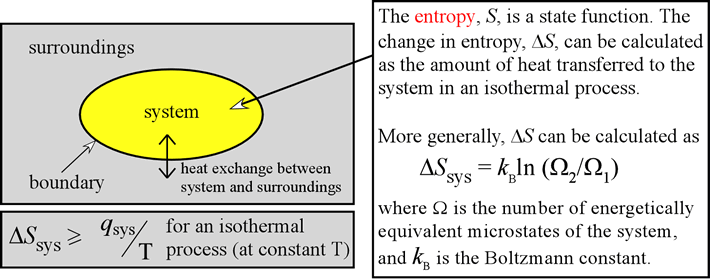
We study D KL numerically for random braids of Majorana fermions (supplemented with random local four-body interactions) and Fibonacci anyons. To quantify the degree of randomness, we define a distance between the entanglement spectrum level spacing distribution of a state evolved under random braids and that of a Haar-random state, using the Kullback-Leibler divergence D KL. In particular, we focus on the degree of scrambling, defined as the randomness produced by braiding, at the same amount of entanglement entropy. We study how quantum states are scrambled via braiding in systems of non-Abelian anyons through the lens of entanglement spectrum statistics. Appropriate interpretations of quantities introduced are discussed and bounds are derived in terms of the total variation and trace distance. In analogy with Burbea and Rao's generalization of JD, we also define general QJD by associating a Jensen-type quantity to any weighted family of states. We also show inequality for the values of classical and quantum more » information. Here we extend these ideas to define also quantum counterpart of proper cross-entropy and cross-information. Belavkin and Ohya and called the proper quantum entropy, because it allows one to define quantum conditional entropy that is always non-negative. In particular, the third definition, where the supremum is taken over all entanglements of two quantum systems with P being the output state, leads to the quantity that can be twice the von Neumann entropy. quantum) probability, however, these definitions are not equivalent.

commutative) probability, all three definitions lead to the same quantity, providing only different interpretations of entropy. Entropy of distribution P can be defined in at least three different ways: 1) as the expectation of the Kullback-Leibler (KL) divergence of P from elementary δ-measures (in this case, it is interpreted as expected surprise) 2) as a negative KL-divergence of some reference measure ν from the probability measure P 3) as the supremum of Shannon’s mutual information taken over all channels such that P is the output probability, in which case it is dual of some transportation problem.


 0 kommentar(er)
0 kommentar(er)
